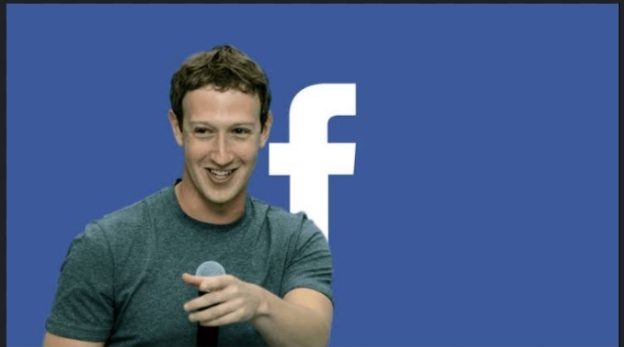Facemash opened on October 28, 2003—and closed a few days later, after it was shut down by Harvard execs. In the aftermath, Zuckerberg faced serious charges of breach of security, violating copyrights, and violating individual privacy.
Though he faced expulsion from Harvard for his actions, all charges against him were eventually dropped.
On February 4, 2004, Zuckerberg launched a new website called The Facebook. He named the site after the directories that were handed out to university students to help them to get to know one another better. Six days later, he got into trouble again when Harvard seniors Cameron Winklevoss, Tyler Winklevoss, and Divya Narendra accused him of stealing their ideas for an intended social networking website called Harvard Connection. The claimants later filed a lawsuit against Zuckerberg, however, the matter was eventually settled out of court.
Membership to the website was at first restricted to Harvard students. Over time, Zuckerberg enlisted a few of his fellow students to help grow the website. Eduardo Saverin, for example, worked on the business end while Dustin Moskovitz was brought on as a programmer. Andrew McCollum served as the site’s graphic artist and Chris Hughes became the de facto spokesperson. Together the team expanded the site to additional universities and colleges.
In 2004, Napster founder and angel investor Sean Parker became the company’s president. The company changed the site’s name from The Facebook to just Facebook after purchasing the domain name facebook.com in 2005 for $200,000.1
The following year, venture capital firm Accel Partners invested $12.7 million in the company, which enabled the creation of a version of the network for high school students.1 Facebook would later expand to other networks, such as employees of companies. In September of 2006, Facebook announced that anyone who was at least 13 years old and had a valid email address could join. By 2009, it had become the world’s most used social networking service, according to a report by the analytics site Compete.com.
In 2019, Facebook underwent a pivotal shift, rebranding as Meta Platforms to reflect its ambitious vision for the future – the metaverse. This virtual world promises to redefine how we interact by blurring the lines between physical and digital experiences.
Facebook’s evolution is a testament to the power of human connection and technological innovation. While its journey has been riddled with controversies and challenges, it has fundamentally altered how we communicate, consume information, and interact with the world around us.
As Meta navigates the complexities of the future, one thing is certain: its story is far from over. Whether it carves a path in the metaverse or faces new forms of social and technological disruption, Facebook’s legacy as a platform that fundamentally altered our digital landscape is undeniable.
This in-depth dive delves beyond the surface, exploring the motivations, innovations, and challenges that have shaped Facebook’s remarkable journey.
While Zuckerberg’s antics and the site’s profits eventually led to him becoming the world’s youngest multi-billionaire, he’s done his part to spread the wealth around. In 2010, he signed a pledge, along with other wealthy businessmen, to donate at least half of his wealth to charity.
Zuckerberg and his wife, Priscilla Chan, have donated $25 million toward fighting the Ebola virus and announced that they would contribute 99% of their Facebook shares to the Chan Zuckerberg Initiative to improve lives through education, health, scientific research, and energy.

